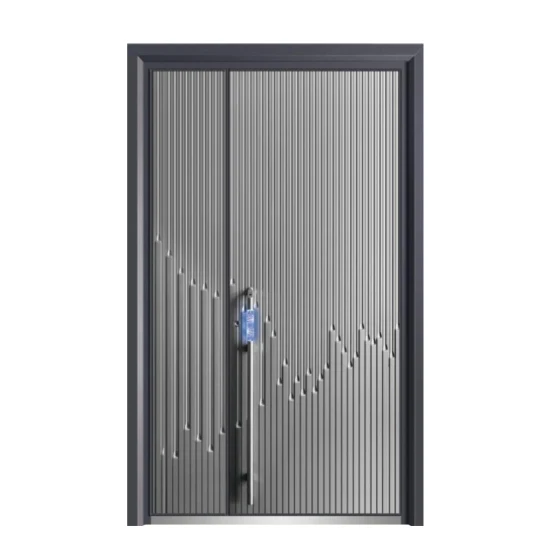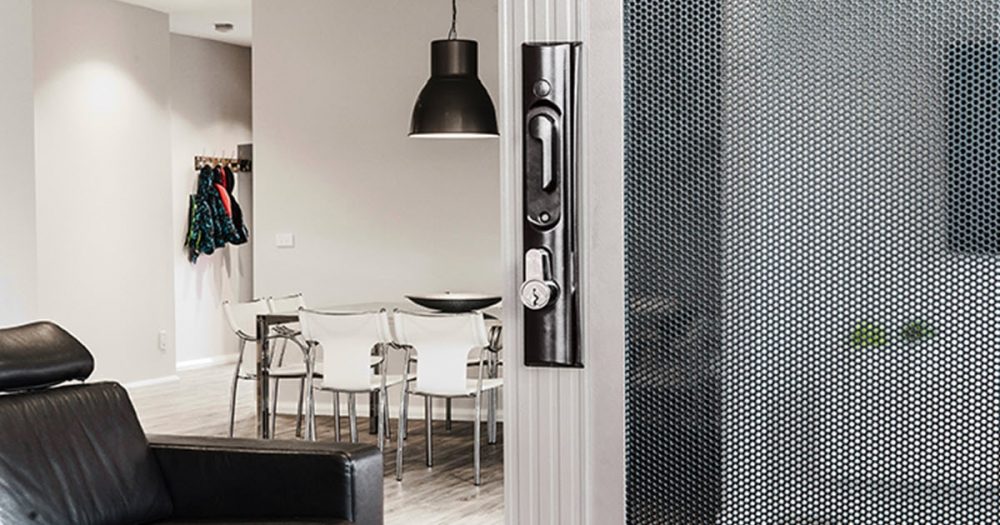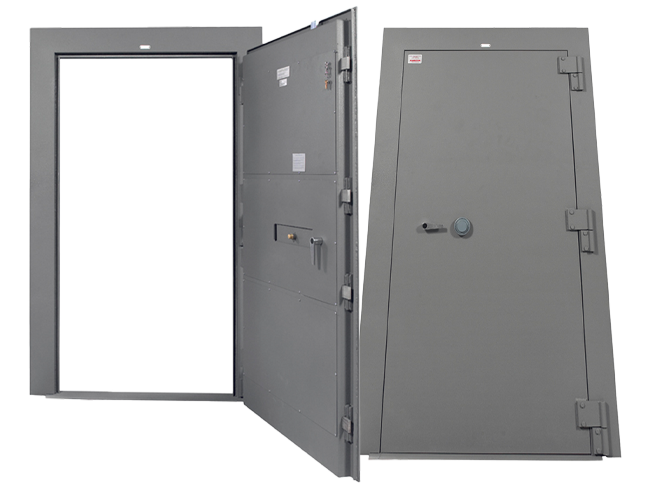When installing custom doors, it’s crucial to find the right balance between security and design. This balance ensures that while your door protects against unauthorized entry, it also complements the aesthetic of your home or building. Achieving this balance can be challenging, but with the right knowledge and tools, it is certainly attainable.
Understanding the Basics of Door Security
Types of Doors
Doors are not just entry points; they are also vital in ensuring the safety of the occupants. Here are the common types used in various settings:
-
- Residential: Wood, fiberglass, and steel doors

- Commercial: Aluminum, glass, and steel doors
- Institutional: Heavy-duty steel and security doors
Security Features in Door Design
The security of a door is largely dependent on its construction and the hardware used. Key features include:
- Materials: Strong materials resist forced entry.
- Locks: Deadbolts, smart locks, and multi-point locking systems.
- Hinges: Security hinges prevent the door from being removed from the outside.
Design Considerations for Custom Doors
The design of a door significantly affects how secure and appealing it appears. Here are some factors to consider:
-
- Aesthetic Appeal: The door should reflect the style and character of the building.
- Material and Style Choices: Options like wood for a classic look or metal for a modern appearance can influence both design and security.
Examples of Materials and Styles:
- Wood: Classic and warm, but requires maintenance.
- Steel: High se click here for more info curity, modern look, low maintenance.
Technological Enhancements for Door Security
Integrating technology can significantly enhance the security of a door without compromising its design:
- Biometrics: Fingerprint and facial recognition for personalized security.
- Electronic Locks: Allow for remote access and can be integrated seamlessly into most designs.
Case Studies: Successful Balances of Security and Design
Here are some real-world examples where security and design are effectively balanced:
- Luxury Residential Home: Custom wooden doors with biometric locks.
- Commercial Building: High-strength glass doors with integrated smart locks and aesthetic framing.
Choosing the Right Materials and Features
Selecting the right materials and features is crucial for balancing security and design. Here’s a guide to help you choose:
| Material | Security Level | Aesthetic Appeal | Maintenance Required |
|---|---|---|---|
| Wood | Moderate | High | High |
| Steel | High | Moderate | Low |
| Fiberglass | Moderate | High | Low |
Features Enhancing Security
- Multi-point Locks: Provide locking at multiple points on the door.
- Peepholes and Cameras: Allow visual identification without opening the door.
Installation Best Practices
Proper installation is key to ensuring that the door functions as intended:
- Professional Installation: Always opt for skilled professionals.
- Alignment and Fitting: Ensure the door is perfectly aligned to avoid security gaps.
Maintenance and Upkeep of Secure, Well-Designed Doors
Maintaining your door ensures it remains both beautiful and functional:
- Regular Checks: Inspect locks, frames, and hinges regularly.
- Cleaning and Treatment: Proper cleaning and treating of materials like wood can extend the life and appearance of the door.
Regulatory Compliance and Safety Standards
Complying with safety and security standards is not just about legality; it’s about ensuring optimal protection:
- Building Codes: Ensure your door meets local building codes.
- Security Standards: Follow guidelines set by security standards for materials and installation.
Conclusion
Balancing security and design in custom door installations requires careful consideration of materials, design, and technology. By consulting with professionals and adhering to best practices, you can achieve a door installation that not only looks great but also provides robust security.

Hello and welcome! I’m Michael Liebe, the proud founder of EveryDetail Installations. With over 15 years of hands-on experience in the door and window installation industry, I’ve dedicated my career to tackling the intricate challenges of custom installations, ensuring each project not only meets but exceeds the highest standards of functionality, style, and energy efficiency.



